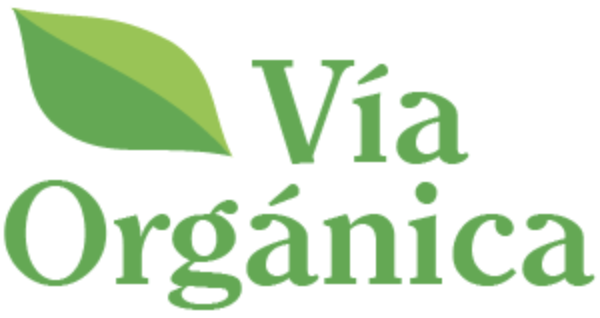Don’t Panic, Go Organic
By Anna Lappé, Foreign Policy Magazine, April 29, 2010
Be not troubled by Robert Paarlberg’s scaremongering. Organic practices can feed the world — better, in fact, than wasteful industrial farming.
In May 2004, Catherine Badgley, an evolutionary biology professor at the University of Michigan, took her students on a research trip to an organic farm near their campus. Standing on the acre-and-a-half farm, Badgley asked the farmer, Rob MacKercher, how much food he produces annually. “Twenty-seven tons,” he said. Badgley did the quick math: That’s enough to provide 150 families one pound of produce every single day of the year.
“If he can grow that quantity on this tiny parcel,” Badgley wondered, “why can’t organic agriculture feed the world?” That question was the genesis of a multi-year, multidisciplinary study to explore whether we could, indeed, feed the world with organic, sustainable methods of farming. The results? A resounding yes.
Unfortunately, you don’t hear about this study, or others with similar findings, in “Attention Whole Foods Shoppers,” Robert Paarlberg’s defense of industrial agriculture in the new issue of Foreign Policy. Instead, organic agriculture, according to Paarlberg, is an “elite preoccupation,” a “trendy cause” for “purist circles.” Sure, sidling up to a Whole Foods in your Lexus SUV and spending $24.99 on artisan fromagemay be the trappings of a privileged foodie, but there’s an SUV-sized difference between obsessing about the texture of your goat cheese and arguing for a more sustainable food system. Despite Paarlberg’s pronouncements, Badgley’s research, along with much more evidence, helps us see that what’s best for the planet and for people — especially small-scale farmers who are the hungriest among us — is a food system based on agroecological practices. What’s more, Paarlberg’s impressive-sounding statistics veil the true human and ecological cost we are paying with industrial agriculture.
Since most of us aren’t well-versed in the minutia of this debate, we can’t be blamed for falling for Paarlberg’s scaremongering, which suggests that by rejecting biotech and industrial agriculture, we are keeping developing countries underdeveloped and undernourished. Paarlberg suggests that we could eliminate starvation across the continent of Africa were it not that “efforts to deliver such essentials have been undercut by deeply misguided … advocacy against agricultural modernization.”
It’s a compelling argument, and one industry defenders make all the time. For who among us would want to think we’re starving the poor by pushing for sustainability? (At a Biotechnology Industry Organization conference I attended in 2005, a workshop participant even suggested pro-organic advocates should be “tried for crimes against humanity.”)
But the argument for industrial agriculture and biotechnology is built on a misleading depiction of what organic agriculture is, bolstered with shaky statistics, and constructed by ignoring the on-the-ground lessons of success stories across the globe.
For a start, Paarlberg doesn’t get what it means to be organic. “Few smallholder farmers in Africa use any synthetic chemicals,” he writes, “so their food is de facto organic.” In contrast, industrial agriculture, as he sees it, is “science-intensive.” But as Doug Gurian-Sherman, a senior scientist at the Union of Concerned Scientists explains, “modern organic practices are defined by much more than just the absence of synthetic chemicals”; it’s knowledge-intensive farming. Organic farmers improve output, less by applying purchased products and more by tapping a sophisticated understanding of biological systems to build soil fertility and manage pests and weeds through techniques that include double-dug beds, intercropping, composting, manures, cover crops, crop sequencing, and natural pest control.
Biotech and industrial agriculture would in fact more aptly be called water, chemical, and fossil-fuel-intensive farming, requiring external inputs to boost productivity. Industrial agriculture gobbles up much of the 70 percent of the planet’s freshwater resources diverted to farming, for example. It relies on petroleum-based chemicals for pest and weed control and requires massive amounts of synthetic fertilizer. In fact, in 2007, we used 13 million tons of synthetic fertilizer, five times the amount used in 1960. Crop yields, by comparison, grew only half that fast. And it’s hardly a harmless increase: Nitrogen fertilizers are the single biggest cause of global-warming gases from U.S. agriculture and a major cause of air and water pollution — including the creation of dead zones in coastal waters that are devoid of fish. And despite the massive pesticide increase, the United States loses more crops to pests today than it did before the chemical agriculture revolution six decades ago.
